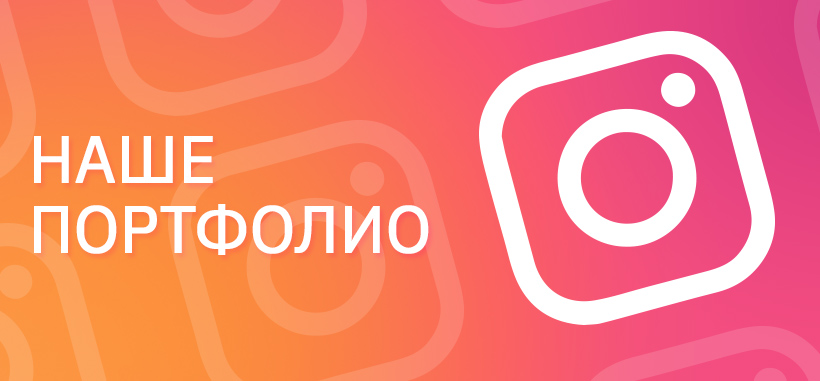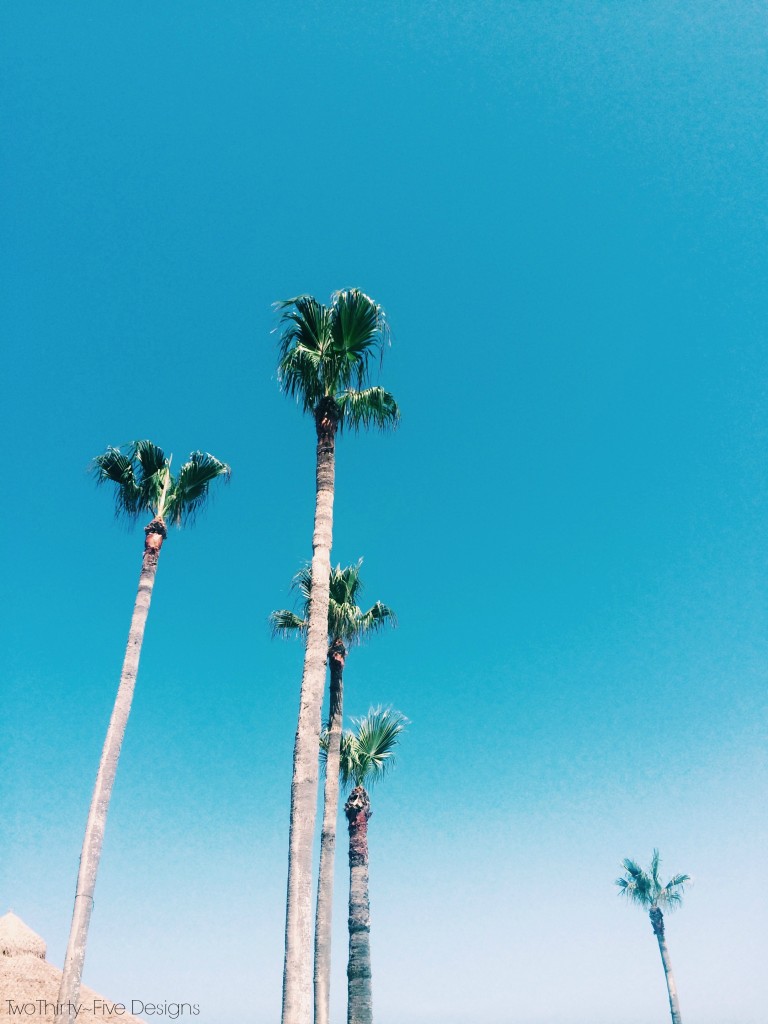

Switch the timing of your posts every week. Then, if you want to do the tracking manually, note the engagement rate of each post, along with the day and time of publishing. Once you’ve established when your audience is most likely to be online, the next thing to do is to play with different posting times to identify that Most Optimal Hour.Ĭhoose a period when your followers are active on Instagram and start posting at different times within that period, to track any difference you receive in engagement rates.įor example, if you notice that most of your followers are online between 5 and 9pm, schedule your posts to appear at 4, 5, 6, 7, 8, and 9pm. Testing and experimenting should be every marketer’s mantra, and social media isn’t an exception. What you want is simple: pick the hours when most of your followers are online and post on those specific hours. This data gives you a good understanding of the best times to post, based on your own audience.

Go to Insights → Audience and scroll a bit down, and you’ll see on which days of the week - and which approximate times - your followers are the most active on Instagram. So how do you find out when your followers are online? Posting at the “peak online” time is pretty much hacking the Instagram algorithm. In other words, if you post at a time when your followers are online, you give your content an opportunity to be seen - and liked! How quickly you get engagement on your post determines its lifetime value. Which brings us to the first step of your research: you must find out when your Instagram followers are online! When are your followers online on Instagram? You won’t be able to generate those first likes, which are so crucial for engagement, if you post your content at the time when your audience can’t see it. However, all that hard work may be in vain if you publish your posts when your already existing audience isn’t online. For instance, commenting on others’ content right after you published (to drive more attention to your own profile and score a ‘like’ on your latest post), using targeted hashtags, boosting your content via ads, and more.

There are engagement techniques you can use to gather those first likes. If your post gets a lot of engagement shortly after it’s posted, it tells Instagram that your content is of great quality - and that the algorithm should push it up the feed for more people to see.

It is crucial to drive as much attention to your post as you can within the first 15-20 minutes, because the algorithm favours those posts that get an initial spike of likes. Posting at your unique best time can help you reach more of your followers, which would result in a higher engagement rate.
#INSTAGRAM LOOK UP HOW TO#
Luckily, this article is going to show you exactly how to do that! So read on to find out?įirst thing’s first, why does it even matter to post at specific times on your Instagram? To find the most optimal posting time takes research. It depends on you, on your business, and on your audience, which is always case by case. Because the best time to post on Instagram is highly individual. The thing is, there’s no one-size-fits-all solution. Then there are others that swear you’ll get the best engagement if only you post from 12-1pm. Others tell you that you should actually avoid posting at 3pm and opt to post between 8-9am instead. Some tell you that you should do it on Wednesdays at 3pm. There are tons of articles online that give you all kinds of advice on when to post. Finding your best time to post on Instagram promises to increase reach and engagement of your posts, which is oh so important in the days of the new Instagram algorithm. This is a question that doesn’t let many Instagrammers sleep at night. “When is the best time to post on Instagram?”


 0 kommentar(er)
0 kommentar(er)
